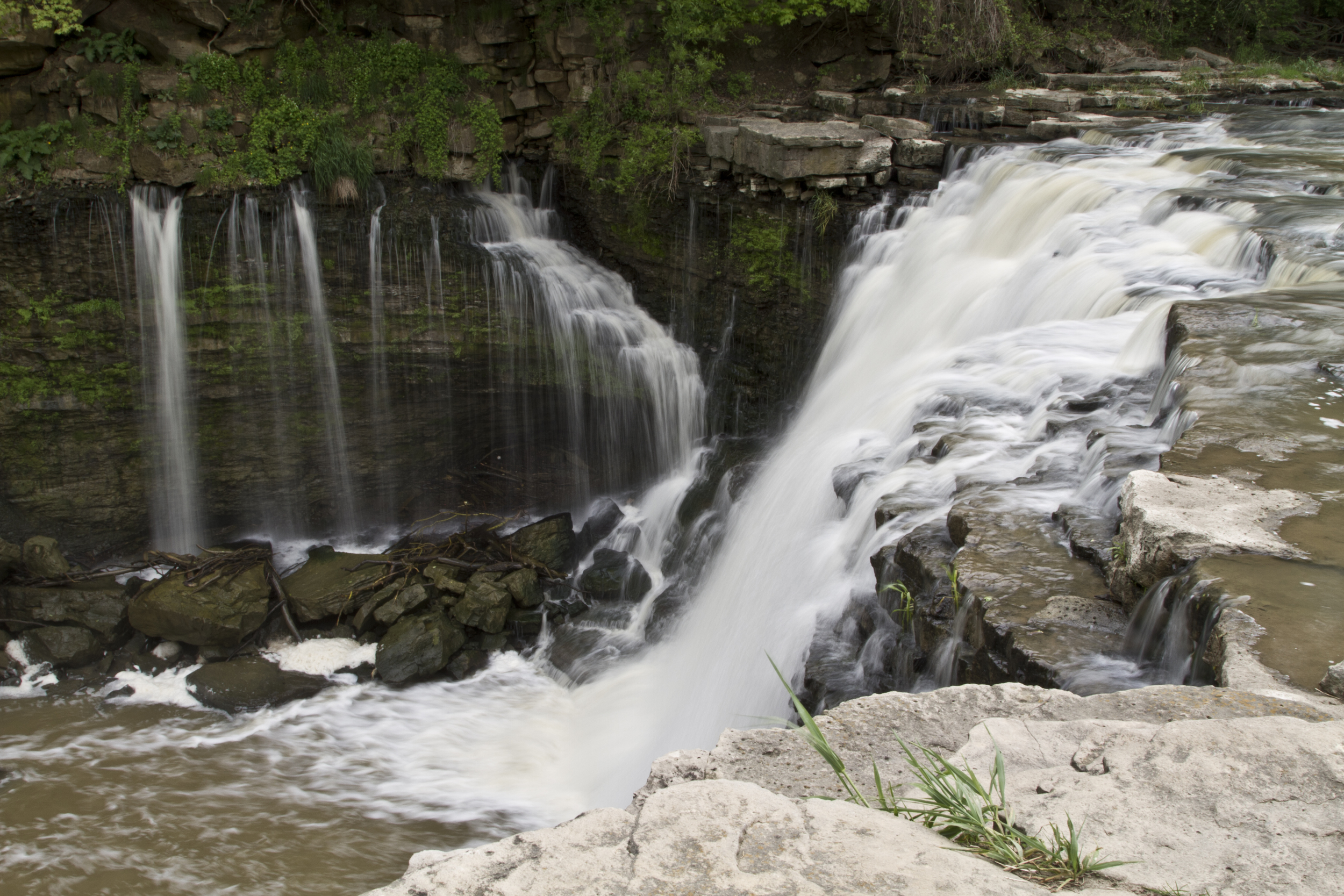

HGS RESEARCH HIGHLIGHT – Impacts of Climate Change and Different Crop Rotation Scenarios on Groundwater Nitrate Concentrations in a Sandy Aquifer
This study by researchers at the University of Guelph investigated the impacts of various crop rotation scenarios and climate change on groundwater nitrate concentrations in a 155 sq-km agricultural sub-watershed in Norfolk County, Ontario.

HGS RESEARCH HIGHLIGHT – Evaluating backward probability model under various hydrogeologic and hydrologic conditions
A new paper uses HydroGeoSphere to evaluate the reliability of a backward-in-time solute transport probability model. HydroGeoSphere was instrumental in the research as it is one of the only modelling platforms that supports 3-dimensional solute transport under variably saturated groundwater flow conditions.

HGS RESEARCH HIGHLIGHT – Logjam Characteristics as Drivers of Transient Storage in Headwater Streams
A new paper highlights the impacts that logjams have on the transient storage in streams and rivers. The researchers used a physical flume to test a variety of scenarios and and relied on HydroGeoSphere to elucidate the surface and subsurface flow patterns which contributed to increased transient storage, and changes to hyporheic exchange in areas affected by logjams.

HGS RESEARCH HIGHLIGHT – Coastal Topography and Hydrogeology Control Critical Groundwater Gradients and Potential Beach Surface Instability During Storm Surges
This work harnessed HydroGeoSphere to simulate storm surges and their geotechnical impact on coastal environments. The explicit coupling between the surface and subsurface domain revealed a non-trivial correlation between alongshore topography and the distribution of surge-induced critical gradients. It was found that, in contrast with traditional approaches, the lowest areas along a coastline are not necessarily the ones that are most vulnerable.

HGS RESEARCH HIGHLIGHT – Geothermal Energy Potential of Active Northern Underground Mines: Designing a System Relying on Mine Water
HydroGeoSphere is a powerful tool for evaluating the potential of geothermal heat pump systems. HGS implicitly simulates thermal energy throughout hydrologic systems (including density driven transport effects), and can model extremely complex geological systems with spatially and temporally varying material properties, with or without the presence of discrete fractures, and with the ability to represent mine infrastructure as discrete features within the model.

HGS RESEARCH HIGHLIGHT – Combining experimental and modelling approaches to monitor the transport of an artificial tracer through the hyporheic zone
HGS users at a consortium of French research laboratories makes excellent use of the integrated nature of HydroGeoSphere simulations to investigate hyporheic exchange and mixing processes, relying on both experimental (i.e. tracer tests) and modelling techniques. The authors concluded that the mixed experimental/modelling approach used in this study allowed them to “resolve some of the uncertainties inherent in our understanding of transient storage and hyporheic exchange.”

HGS RESEARCH HIGHLIGHT – Impacts of Coastal Shrimp Ponds on Saltwater Intrusion and Submarine Groundwater Discharge
This study investigates the potential impact that aquaculture can have on solute transport and saltwater intrusion in coastal settings. It is certainly an interesting read, and an interesting conceptual problem. Typically when we think of vertical saltwater intrusion it’s due to coastal inundation associated with temporary natural causes like storm surges. However, with shrimp pond aquaculture saline ponds are actually perched on top of agricultural soils, above a freshwater aquifer. In this study the authors have investigated several scenarios (varying pond water salinity, ponded water depth and farm/pond width) to see how it impacts a previously unrecognized/unstudied process contributing to groundwater salinization.

HGS RESEARCH HIGHLIGHT – Dynamic Steady State in Coastal Aquifers Is Driven by Multi‐Scale Cyclical Processes, Controlled by Aquifer Storativity.
A new paper explores the effects that periodic/cyclical processes over different time scales exert on salinity distribution throughout coastal aquifers. In other words, how is aquifer salinity impacted by sea-level changes caused by tidal effects (sub-daily), storm-surges (decadal) and glaciation (millennial scale).

HGS RESEARCH HIGHLIGHT – Transit-Time and Temperature Control the Spatial Patterns of Aerobic Respiration and Denitrification in the Riparian Zone
The paper highlighted this week introduces a novel method of implementing temperature-dependent reactions in a HydroGeoSphere solute transport model by pairing a Lagrangian flow path-reaction model to the results of a 2nd order Runge-Kutta particle tracking analysis.

HGS RESEARCH HIGHLIGHT - Integrated surface-subsurface water and solute modeling of a reclaimed in-pit oil sands mine: Effects of ground freezing and thawing
The HydroGeoSphere model presented here was able to successfully simulate the water balance and water quality response of the reclaimed landforms, and the results indicate that the impact of winter processes (i.e., pore-water freeze/thaw) on infiltration and surface runoff are significant. Including freeze-thaw resulted in reduced infiltration during spring melt and reduced salt loading during winter. In total, a 20% reduction of chloride mass release (over an 8-year period) was simulated when freeze-thaw processes were included in the simulations. These results provide a strong argument for the inclusion if winter processes and coupled heat dynamics for detailed studies of integrated hydrologic processes in the Athabasca Oil Sands region.
